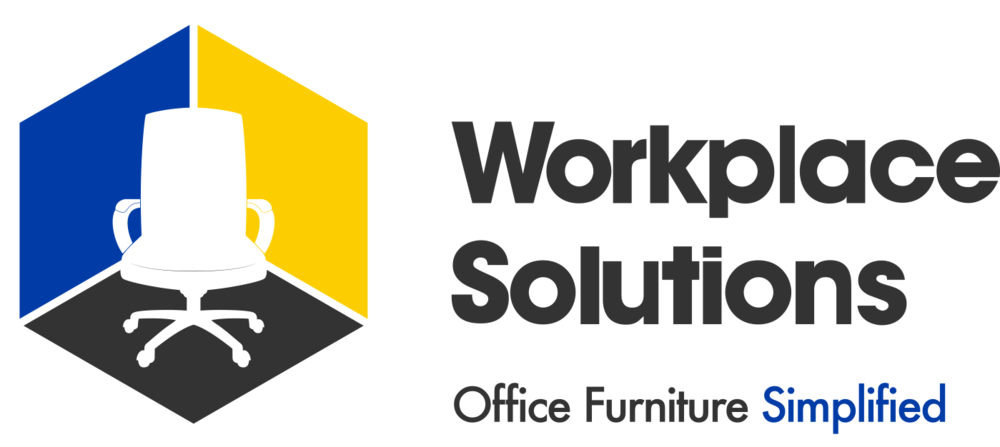Original article by Forbes
It’s no secret we’re in the middle of a seismic shift when it comes to the evolution of the workplace. And for the commercial real estate market, this shift is multidimensional. It involves landlords, tenants and employees, and not necessarily in that order. But by asking the right questions, we can better identify and address these various parties’ motivations and beliefs as we continue our workplace transformation.
Chase Garbarino, Co-Founder and CEO of HqO, recently interviewed corporate landlords and employers as a part of a survey about their plans in 2022. These leaders represent people from across the globe and are responsible for millions of square feet of space and hundreds and thousands of employees. Looking at the results, I see certain synergies that exist between most landlords and tenants, with a few divergent areas. We’ll share some interesting highlights from the research below.
The Office: Critical To Success
Landlords want occupied space, so obviously, filling those spaces is the main concern for them. Likewise, most employers want to occupy these spaces whether they employ an in-office or hybrid working environment. In fact, the survey results show that most employers firmly believe that the office fosters workplace communication, collaboration and creativity. Therefore, it is not a surprise that these two audiences usually align around the value of the office.
What may be a surprise is how bullish both landlords and employers are on the future of the office over the next two years. They both expect to see strong office demand. However, in the very near term, landlords are more pessimistic than employers, suggesting that leased square footage is being impacted by workplace transformations.
Employers, on the other hand, see employees returning to the office for at least some period of time and are more positive about the immediate future of leased space. Overall, one thing that both landlords and employers agree on is that there is no return to the office plan that will walk us back to a workplace experience reflective of what we saw a few years ago.
Creating Mental And Physical Space For Great Work
Space, and the way it is configured and used, is under pressure to deliver better outcomes. The open floor plan and other designs that worked pre-Covid are no longer optimal—a fact already clear to many landlords. They know that they need to create spaces that work for employers and their employees and that those spaces must look very different than they have in the past. From flex spaces to improved amenity spaces to better environmental conditions, landlords are aware of what their tenants want and need, and they’re working to deliver on these requirements.
On the other hand, employers know what their employees want.
• Flexibility, top-notch tech resources and an in-office experience that makes the commute and time commitment worthwhile.
• Configurable workspaces that accommodate a variety of activities are a significant draw for an office setting.
• Spaces, places and policies that can flex and contract based on the needs of the team at any particular point in time.
Overall, employers want spaces that get people excited to come to the office for meaningful work. When those items are covered, employers feel like they can focus on getting what they want out of the office.
And, just as employers are working to bring their teams together in collaboration, communication and camaraderie, landlords should also know it can’t be all work, all the time. More than 90% of the landlords my company surveyed are hiring (or have hired) tenant experience teams to better understand and meet the needs of their tenants. Impressively, these tenant experience teams now wield the same amount of leverage as portfolio managers, according to them.
Tech Facilitates Transformative Experiences
Landlords have many employers asking for better communications, alignment and visibility into the inner workings of their buildings. Moreover, landlords agree that technology can foster better relationships with tenants/employers by creating a modern communication channel to highlight special features, events and opportunities within their buildings. They’re looking for opportunities to communicate more effectively and frequently with their tenants, and they see technology as the facilitator.
In fact, the survey found that a full 80% of landlords believe that employers are keenly interested in comprehensive building mobile applications. Tenant experience teams are deploying digital amenities that augment the physical amenities that tenants have come to rely on in order to help reduce even more workplace friction.
Employers may feel like there is already a glut of current workplace technology, but they need to continue to be committed to finding the best tools to simplify in-office communications, improve employee engagement and deliver on productivity. I have found that employers are open to better communication with their landlords—and certainly with their employees. Areas of interest include visitor management, access control, food and beverage orders, parking and energy monitoring.
The Bottom Line
At a top level, most landlords and employers are optimistic about the future of the office while understanding the need for significant change. Without a playbook for managing hybrid work environments, they are leaning into modern solutions to inform them of their next big investments. Technology and office space transformations are ultimately the key to balancing employee expectations and creating a workspace that maximizes productivity and engagement. Knowing these things, what you need to ask is: Is your workplace ready for the future?

